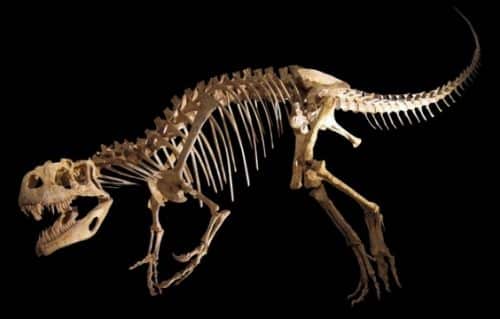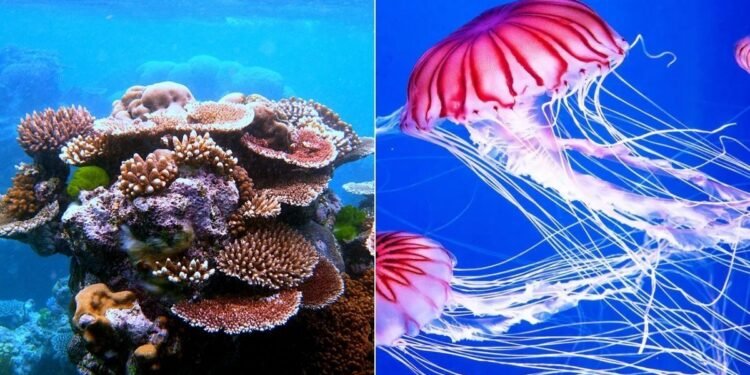Среди тысяч видов животных, живущих в природе, есть горстка животных, которым удается привлечь внимание своим образом жизни, некоторым — диетой, а некоторым — интересной окраской. Но сегодня мы не рассматриваем ни одного из них, потому что в этой статье мы рассмотрим десять самых удивительных животных, каждый из которых может каким-то образом надувать себя…
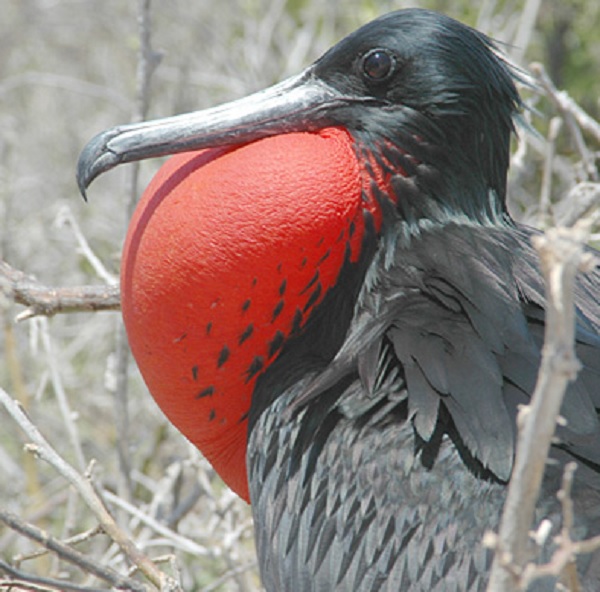
Фрегат (фрегата великолепная)
Frigatebirds — это семейство морских птиц, называемых Fregatidae, которые встречаются во всех тропических и субтропических океанах. Пять существующих видов относятся к одному роду Fregata. У всех преимущественно черное оперение, длинные глубоко раздвоенные хвосты и длинные крючковатые клювы.

Слоеная гадюка (Bitis arietans)
При угрозе гадюки надувают верхнюю часть тела и шипят. Эта привычка породила их общее название. Несмотря на свою медленную скорость передвижения, гадюки известны своим быстрым ударом. По данным Perry’s Bridge Reptile Park, они могут атаковать в течение 0,25 секунды после того, как им угрожают.
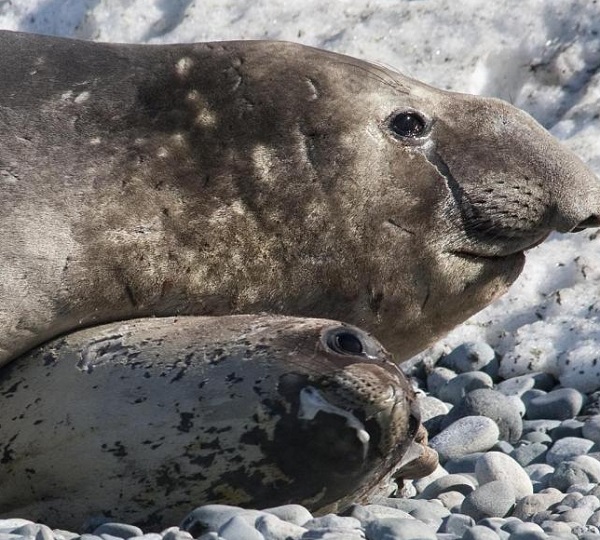
Морские слоны (M. angustirostris)
Морские слоны — это очень крупные океанские безухие тюлени из рода Мирунга. Оба вида, северный морской слон и южный морской слон, были на грани исчезновения из-за нефти к концу 19 века, но с тех пор их численность восстановилась. Свое название они получили из-за своих надувных морд, похожих на хоботы.
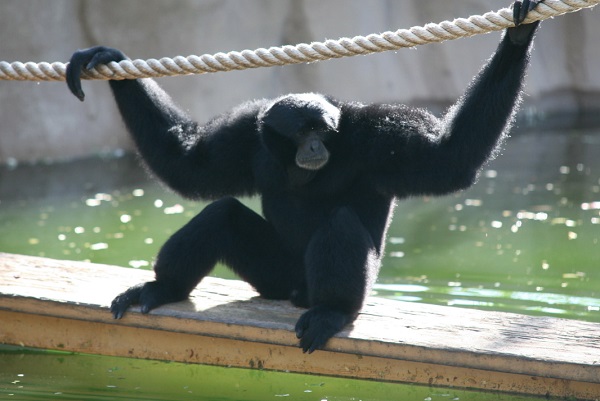
Сиаманг (Symphalangus syndactylus)
Сиаманг — древесный гиббон с черным мехом, обитающий в лесах Индонезии, Малайзии и Таиланда. Самый крупный из гиббонов, сиаманг, может быть в два раза больше других гиббонов, достигая 1 м в высоту и весом до 14 кг. Это единственный вид рода Symphalangus. Большой горловой мешок (горловой мешок), встречающийся как у самцов, так и у самок этого вида, может быть раздут до размера головы сиаманга, что позволяет ему издавать громкие, резонирующие крики или песни.
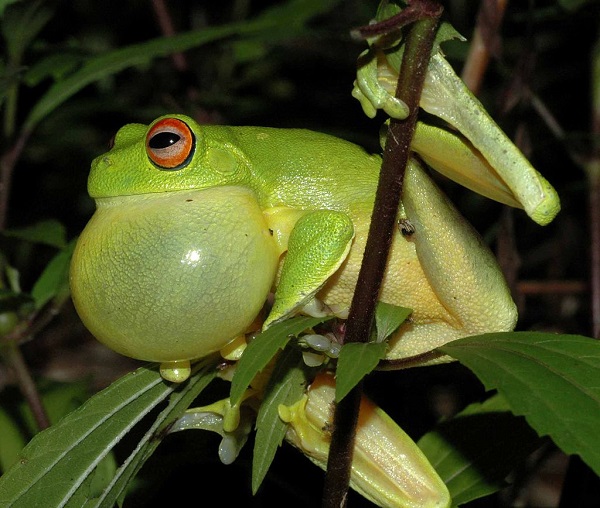
Красноглазая древесная лягушка (Litoria chloris)
Голосовой мешок представляет собой гибкую кожную мембрану, которой обладают большинство самцов лягушек и жаб. Назначение голосового мешка обычно состоит в том, чтобы усилить их брачный или рекламный зов. Наличие или развитие голосового мешка — один из способов внешнего определения пола лягушки или жабы у многих видов; на примере лягушек.

Прерийный цыпленок Аттуотера (Tympanuchus cupido attwateri)
Этот вид демонстрирует половой диморфизм: у самцов есть удлиненные перья, называемые перьями, которые возвышаются, образуя нечто, похожее на ухо. У самца также есть ярко-оранжевые или золотистые воздушные мешочки по обе стороны шеи, которые он надувает во время брачных игр.
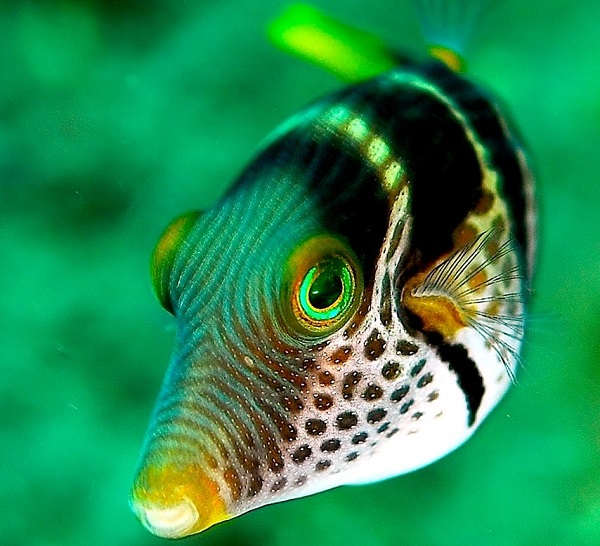
Иглобрюх (Tetraodontidae)
Tetraodontidae — семейство преимущественно морских и эстуарных рыб отряда Tetraodontiformes. Семейство включает в себя много знакомых видов, которые по-разному называются иглобрюхом, иглобрюхом, рыбой-шаром, иглобрюхом, дуновением, рыбой-пузырем, рыбой-глобусом, рябиной, рыбой-жабой, жабой, жабой, медовой жабой, сахарной жабой и морским скребком.

Большой шалфейный тетерев (Centrocercus urophasianus)
У птиц голосовой аппарат (называемый сиринксом) двуствольный. У некоторых видов, таких как большой шалфейный тетерев, также есть пара голосовых мешков, находящихся в гибком горловом мешочке. Когда звуковые волны исходят из сиринкса, они резонируют с эластичной мембраной каждого мешочка, который при надувании натягивается, как кожа барабана. Горловой мешок также можно задеть перьями на крыльях, чтобы издать драматический свистящий звук.
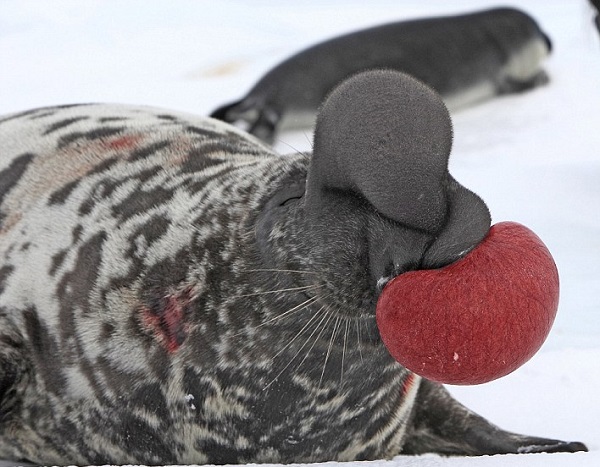
Самец хохлача (Cystophora cristata)
Тюлень-хохлач — это крупная фокида, встречающаяся только в центральной и западной части Северной Атлантики, от Шпицбергена на востоке до залива Святого Лаврентия на западе. Тюлени обычно серебристо-серого или белого цвета с черными пятнами разного размера, покрывающими большую часть тела. Родовое название Cystophora в переводе с греческого означает «носитель мочевого пузыря» от необычного полового украшения вида — своеобразной надувной перегородки мочевого пузыря на голове взрослого самца. Этот пузырь свисает между глазами и вниз над верхней губой в сдутом состоянии. Кроме того, хохлач может надувать из одной ноздри большой мешок, похожий на воздушный шар.

Африканская ветвистая змея (Thelotornis)
Ветвистые змеи, также широко известные как птичьи змеи или виноградные змеи, представляют собой род ядовитых змей с задними клыками в семействе ужеобразных. Род родом из Африки. Все виды рода имеют стройный и удлиненный профиль, длинный хвост, узкую голову и заостренную морду. При угрозе они раздувают горло, чтобы показать жирные черные отметины между чешуей.
Знаете ли вы других удивительных животных, которые могут надуваться? Какое из этих животных вам понравилось больше всего? Дайте нам знать в комментариях ниже.
📚 Не пропустите интересную информацию:
-
Животные которые умеют считать: удивительные математические способности в дикой природе
Многие люди считают, что математика — исключительно человеческая наука. Однако исследования последних десятилетий показывают, что животные которые умеют считать встречаются гораздо чаще, чем мы думали.... -
7 современных технологий, которыми умеют пользоваться животные
Нет сомнений, что информационные технологии определят будущее человечества, но кто может сказать, как они повлияют и на пушистых (и не очень) друзей человека? У некоторых... -
10 невероятных фактов о пиве, которые перевернут ваше представление о нём
Пиво — напиток с многотысячелетней историей, но даже в наш просвещённый век оно продолжает удивлять. Где-то его варят на основе древних рецептов, где-то — из... -
Почему компьютеры тормозят? 7 неожиданных причин, которые могут вас застать врасплох
Всё было нормально, и вдруг — мышка еле ползёт, вкладки в браузере открываются вечность, а любимая игра превращается в слайд-шоу. Почему компьютер тормозит? Казалось бы,... -
Технологии 2026: Технологический прорыв, который изменит мир в 2026 году
Стремительное развитие технологий в ближайшие годы приведет к прорывам в космонавтике, медицине, энергетике и других сферах. Уже к 2026 году ожидается создание космических аппаратов, способных...


